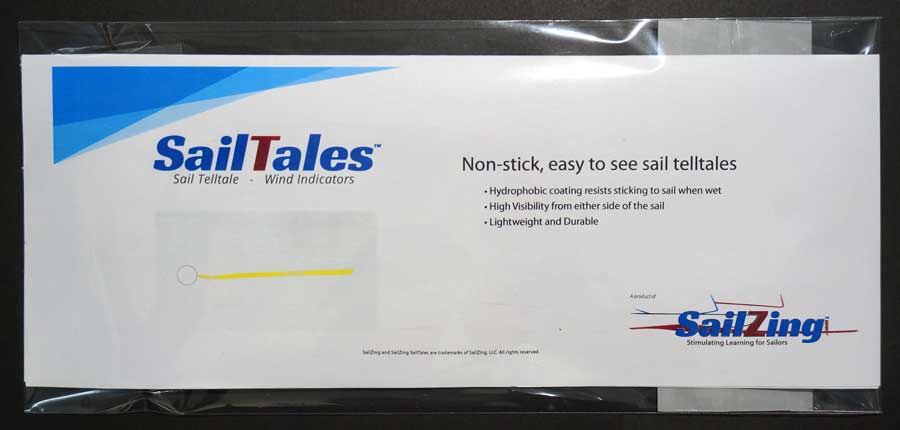

It might not be particularly comfortable, but it is not difficult in most cases. In general, it is not hard to sail upwind. Most casual sailors would rather be sailing off the wind than into it. There is an adage in the sailing community that a true cruiser never sails upwind instead, they will crank up the iron genoa (the engine). Some people might enjoy it, but many do not. On the other hand, some boats are exciting to sail upwind, like some catamaran models or the newer foiling sailboats. The boat heels more, and on heavier air days, you might take a pounding as the boat beats into waves. Sailing upwind is generally not as pleasant as sailing off of the wind. Whether you are racing or cruising, at some point, you will need to reach a particular channel mark or a port. So while the cross-sectional physics are different between airplane wings and sails on a sloop, the lifting principle is the same. Unlike an airplane wing where the wind is a consistent speed from the fuselage to the tip of the wing. Sails are designed around this principle, being fuller toward the top and flatter toward the bottom. The wind is stronger at 15 feet above the water than at the surface and even at 30 feet. So the further you are above the surface, the stronger the wind is. As the wind blows over a surface, that surface causes drag. The wind gradient refers to the difference in wind speed at various heights off the water. Many sailboat designers and sailmakers in the 1950s and 1960s originally believed the sail to be identical to a wing section, but this was erroneous. It provides a balance to the force of the wind, allowing the boat to be lifted by the force it is generating. What Prevents the Boat from Being Blown Sideways? In this way, lift is generated: the wind is bent into a new direction by the sails. When it meets again, the sails have forced it to change direction to directly astern of the boat. The wind that traveled on the leeward side of the sails has moved farther than that to windward. The wind that is split joins again behind the sails. At this point, the sails act similar to an airplane wing. As it blows against the sails, it splits to either side of them (assuming they are properly trimmed!).

Picture the wind blowing toward the boat’s bow at a 45-degree angle. The way a sail generates lift is not complicated. How is Lift Generated by a Sail When Sailing Upwind?

When you are pointed close to the wind, and your sails are trimmed properly, you generate lift, and you can sail upwind. Many experienced sailors experience accidental tacks while racing in light air, as they are pointing as close to the wind as they can, and it suddenly shifts on them. Sailing upwind can be tricky in lighter air as the wind direction can be shifty. After you have done it a couple of times, you will develop a feel for how the boat responds to the new point of sail. If you are just starting on your sailing experience, you will want to sneak up on this point of sail, particularly if you are teaching yourself. Your boat will slow and stop, or even tack inadvertently. If you point too high (too far into the wind), the sails will start to flutter and backwind. Mechanically, you sail upwind by hauling in your sails and pointing the boat as close to the wind as you can while still maintaining your forward momentum. They bend it around their trajectory and create a new “apparent wind,” which feels as if it is directly blowing over the boat’s bow. Like America’s Cup foiling catamarans, more recent high-performance boats can get as close as 20 degrees, or even less. Many can point as high as 30 degrees off of the wind. Most sailboats that are racing designs can get much closer than that. Just about every modern sloop-rigged sailboat can get about 45 degrees off of the wind. How close you can point to the direction of the wind varies by the kind of sailboat that you have. This is called “close-hauled,” as all of your sails are hauled in as close to the rig as possible. Most sailors consider upwind sailing to be when you are sailing as close to the wind as possible. Technically, any point higher than a beam reach (where the wind is blowing directly perpendicular to the boat) might be considered upwind sailing. Sailing upwind happens when you start pointing the sailboat closer to the direction the wind is coming from.


 0 kommentar(er)
0 kommentar(er)
